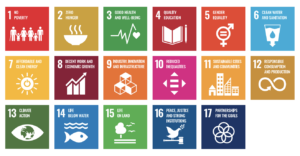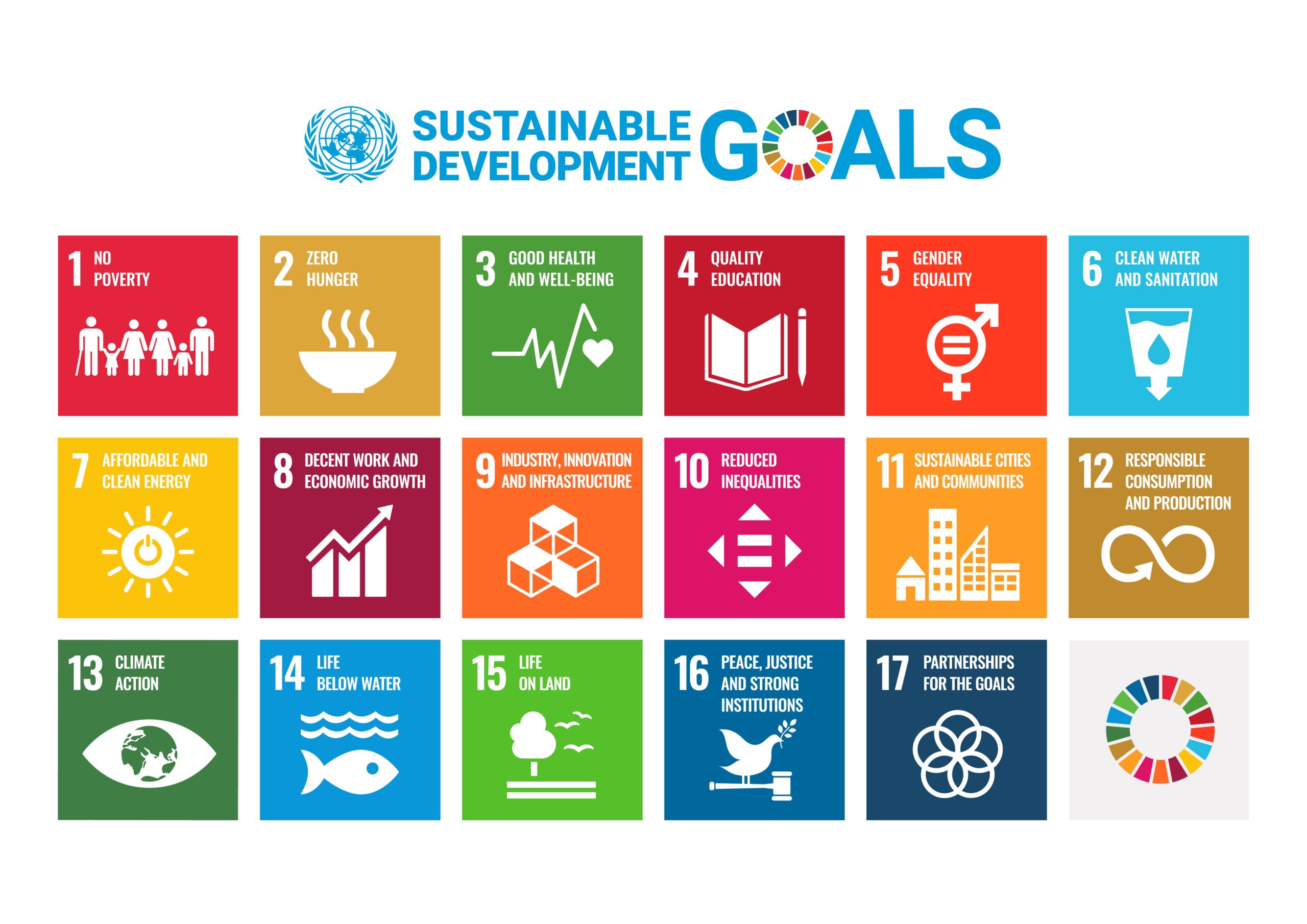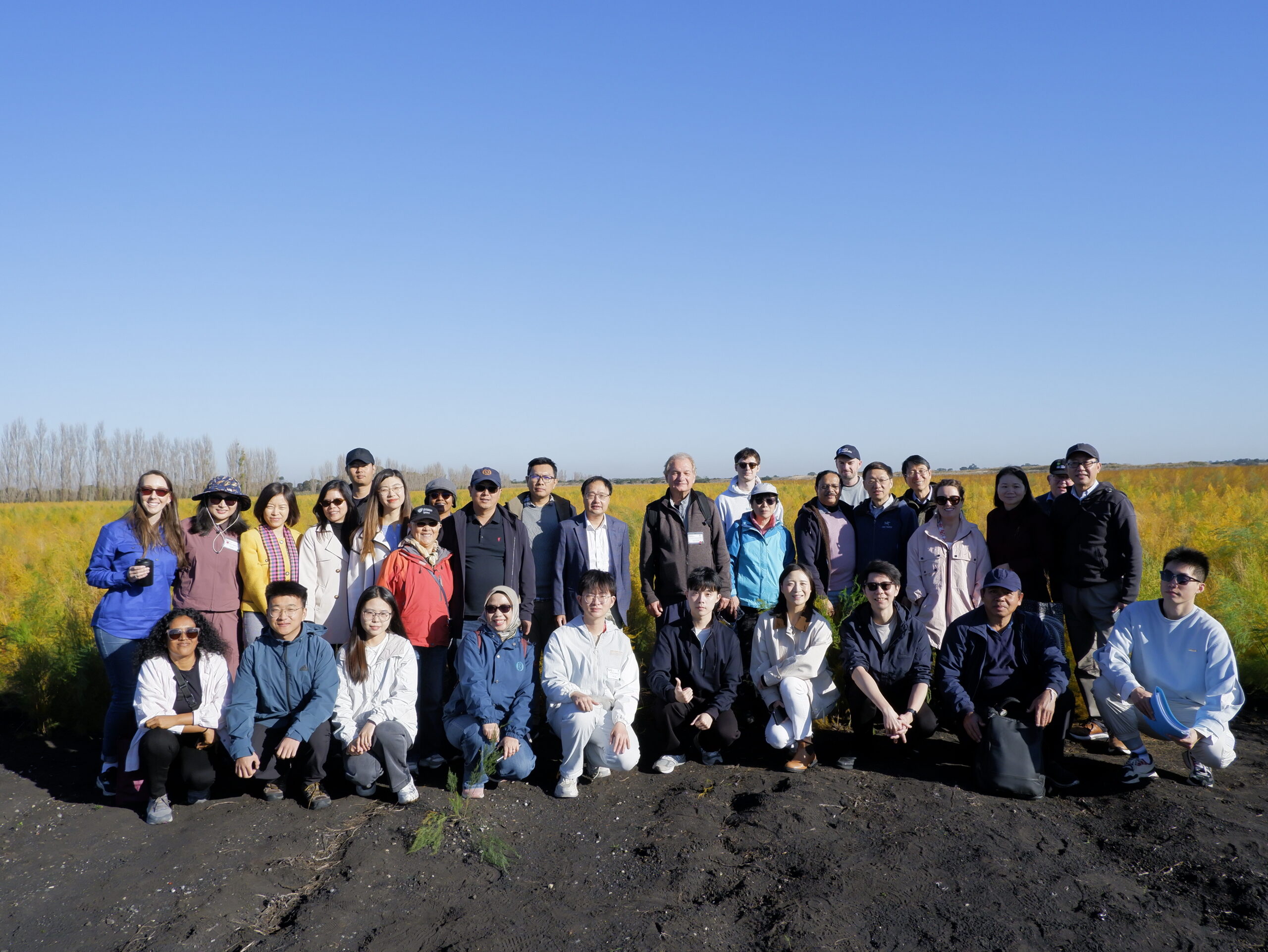Integrated nitrogen management: A key driver for achieving Sustainable Development Goals
Written by Chaunzhen Zhang, edited by Boris Sarcevic, Ella Williams, and Ian Lam.
The United Nations introduced the Sustainable Development Goals (SDGs) in 2015 as a global blueprint for addressing pressing challenges and achieving a sustainable, equitable future by 2030. Comprised of 17 interconnected goals, the SDGs aim to tackle issues such as poverty, inequality, climate change, and environmental degradation through collaborative efforts on a global scale. However, achieving these 17 SDGs with 169 targets on time is challenging due to existing trade-offs between goals and a limited understanding of effective management strategies.

The management and movement of nitrogen (N) through ecosystems, involving its cycling and transformations with elements such as ammonia, nitrous oxide, nitrogen oxides, and nitrates, is intricately linked with many SDGs. N, serving as a limiting nutrient crucial for food production and human nutrition, plays a critical role in achieving zero hunger (SDG 2). However, a significant portion, approximately 60%-80%, of anthropogenic N, in forms which can be deleterious is released into the environment, resulting in adverse impacts on both human well-being (SDG 3) and the overall global ecosystem (SDG 6 clean water, SDG 14 life below water, SDG 15 life on land). Recognising the dual nature of N’s substantial positive and negative effects, understanding its comprehensive role within the SDG framework is crucial for the successful attainment of these global objectives.
To achieve this aim, researchers at the ARC Research Hub for Smart Fertilisers at the University of Melbourne conducted a structured evidence-based review. They assessed the role of N across the 17 SDGs and their 169 targets, analysed the N management priorities of 170 countries, and synthesised the effects of N management options throughout the production and consumption chain, focusing on N-related SDGs. Results showed that N utilisation has an impact on the realisation of 99 out of 169 targets (58%) across all 17 SDGs. N utilisation can positively facilitate the achievement of 76 out of these 99 targets but may hinder 36 targets, highlighting the critical importance of sustainable N management in advancing the SDGs.
Countries face different challenges in N management to advance the realisation of the SDGs, depending on their developmental stages. Low-income African nations should prioritize leveraging the positive role of reactive nitrogen (Nr) in agricultural production and food supply to realise SDG 1 and SDG 2. Conversely, emerging economies that have largely addressed poverty and hunger must be cautious of the detrimental effects of Nr on SDG 1 and 2 attainment. Maintaining flexibility in N management offers alternative solutions for countries at different developmental stages. Through an analysis of N pollution mitigation strategies based on technology, structure, and consumption, it is crucial to recognise that addressing a specific N pollution issue may result in other environmental problems, underscoring the importance of integrated N management across systems and regions.

Transformative changes in production and consumption are crucial to achieving SDGs, involving various industries and stakeholders. A Nitrogen Credit System offers an effective mechanism for shared responsibilities and obligations, not only within countries but also between nations. Within countries, incentive mechanisms can be used to assign obligations and responsibilities to stakeholders along the supply chain, including farmers, suppliers, processors, retailers, consumers, and the government. Internationally, countries that haven’t fully utilised the positive effects of N for achieving the SDGs should be allowed to use N for development. For countries facing N pollution due to excessive N input and losses, N allowances can be obtained through Nr emission reduction, like carbon emission allowances.
Integrating N use as a right into the international market would involve determining total N emissions, specifying trading principles for obtaining N quotas, and establishing an international market with monitoring and compliance measures. This framework aligns with the fundamental principle of the SDGs, which is “leaving no one behind.” The current review provides a comprehensive overview of N use, to provide a framework for further work and research in N management practices to help achieve the UN SDGs.
To read more, visit here.
We share our progress regularly through blog posts, newsletters and events. To keep up to date with new development, sign up for our newsletter.




